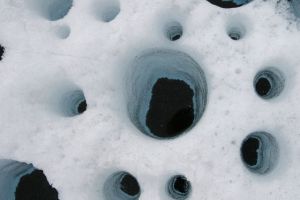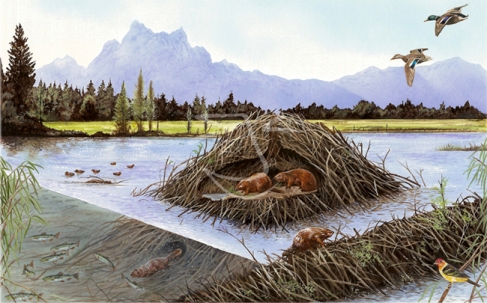CV – The CV assessment I felt was a very important component in this module. It gave the opportunity to learn and understand what creates an efficient well-constructed CV. Giving advice and aided direction on how to grab the employer’s attention, by the professional layout, design and originality. Tailoring it to the specific job you are applying for each time you sent it off. I feel very self-assured with my CV now, I had one previous to this module, but had greatly improved with the lecturers guide. This has given me the confidence to tackle the job market after university.
Assessment Centre – Having to sit in front on people whom you don’t know and be asked questions isn’t ideal for anyone, but it is an incredibly vital that you are able to do this. The Assessment centre allowed practice at this, anyone who is looking for a job needs to have good social skills, this workshop helped to strengthen these skills, with quick thinking, relative questions and structured feedback in an interview fashion. Interviews are a part of the employment process, it gives you a chance to represent yourself further from your CV, and this workshop has enabled me to do this.
Career’s Café – Upon entering there was a display of leaflets, booklets and books available for us to take, the ones I have taken and read I felt were very useful to me, it had insights into job opportunities and advice. The panel of professionals had a variety of jobs, allowing a look into different aspects of work based environments. I personally took an interest in Ross’s talk, as a zoologist I found the talk very motivating, hearing first hand talks from professionals is very useful and privileged information. It gave me the encouragement to look for work in my field and how to approach it.
Dragon’s Den – This was workshop that I felt focused on your social and communication skills. Socially, you were a part of a team and had to work together on a topic, combining ideas and opinions. This is useful as typically in a job you will be a part of a team. The exercise also meant pitching your idea, this works your communication skills having to present your ideas in front of a large audience, being clear, concise and in control. Good contact with people customers/colleagues is a necessity, bettering social and communication skills was definitely achieved in this workshop.
Business Plan Essay – This gave the knowledge tools needed to open up your own business, this can be useful as the science industry is constantly under change and improvement, new research, technology etc. This sparks initiative, showing that you don’t necessarily have to fit into the job market you can create a job for yourself. How you would need to go about it, advice and explanation was very thorough, even if you don’t want your own business it is always useful to have business knowledge as you can apply this throughout life.
How Seminars have influenced my career plans – attending seminars is something I really enjoyed doing, it opens your eyes and ears to things you never necessarily knew before, it gives a compelling outlook on topics that you could not even be interested but can appreciate the work and research taken out. I mainly attended zoology seminars, as I take interest in it, but a few I went to I knew nothing about, but all are very well presented. There was a lot of conservation projects/work around the UK, and I quickly realised this was something I’d loved to get involved in, which got me thinking about further education, but I knew that conservation was something I’d love to be a part of now, I’ve currently been applying to the national trust for when I finish University, the position consists of various conservation work, and I have seminars to thank for putting me in this direction.

